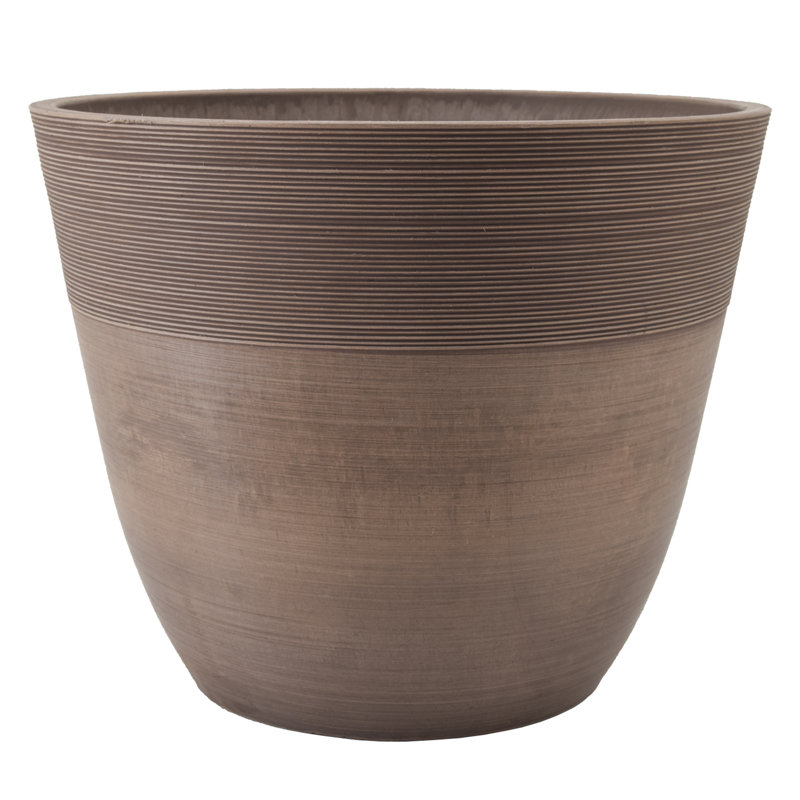How to grow tree peonies in pots – for a show-stopping shrub that will thrive in partially shaded yards
With large, saucer-like blooms, tree peonies are the ultimate flowering shrub
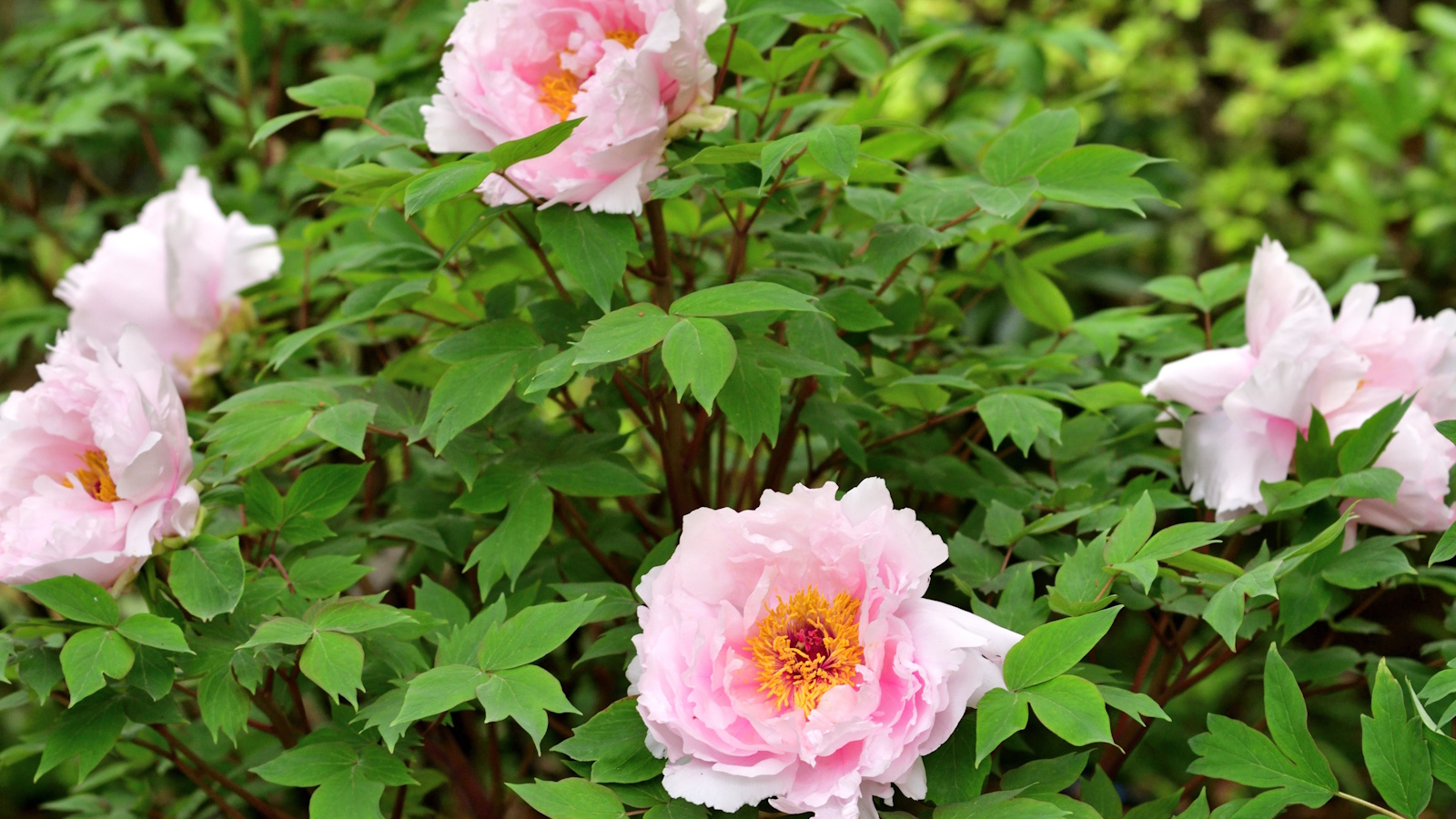

Most gardeners seem to have a moderate obsession with peonies - and who can blame them? With large flowers and elegant foliage, these plants are crowd-pleasers. Lesser known, however, is the tree peony, or Paeonia suffruticosa, the taller relative of the classic herbaceous type, but no less impressive.
In smaller spaces, you might assume that growing tree peonies is out of the question. And while they are not traditionally grown in containers, with the right care, it is possible. So, whether you garden on a balcony or urban patio, incorporating impactful peony planters can be transformative. What's more, tree peonies tolerate part shade, making them ideal for darker plots.
Here, I reveal how to grow a tree peony in pots, with expert advice from a peony grower based in Oregon. From tips on container size, soil, and how to encourage maximum flower production, this guide has you covered. If you are looking to elevate your pot display this year, this might just be the showstopping species you have been waiting for.

How to grow tree peonies in pots
You might already know how to grow peonies, prized for their large springtime blooms. Yet if you want something more unusual, opt for the taller, woody tree peony. To me, these fragrant shrubs are just as special, if not more so, than their herbaceous cousins.
How to grow tree peonies in pots
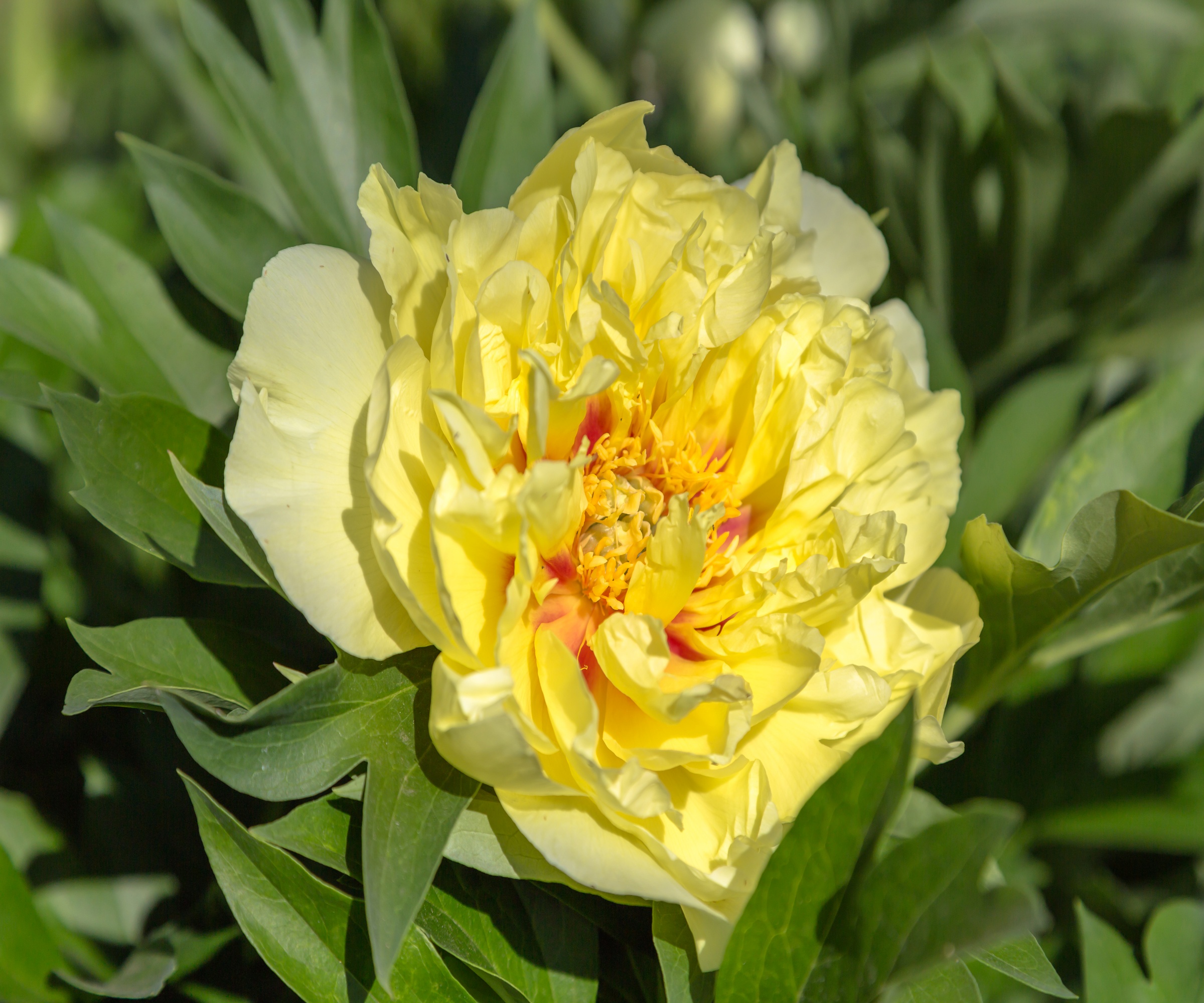
'Tree peonies are spectacular plants,' says Kady Adelman, peony expert and retail manager at Adelman Peony Gardens, Oregon. 'They are taller than traditional herbaceous peonies, and so are useful for adding height and structure to yards.
'They can eventually reach somewhere between four to eight feet,' Kady says, 'but they are very slow growing, so if you lack patience, invest in a larger specimen.'
'These plants are relatively hardy,' Kady adds, 'growing best from US hardiness zone 4 to US hardiness zone 8, tolerating winter weather no problem.'
While it is preferable to grow tree peonies in the ground, it is possible to plant them in containers in smaller spaces, although you may have to repot them every few years to extend their lifespan.
In terms of how to grow peonies in pots, you first need to select a large container, at least a few inches bigger than the nursery pot size.
Position your pot in a part-sun-part-shade location, where it will receive at least a few hours of sunshine each day. In cooler, northern zones, try to provide as much light and shelter as possible.
Tree peonies prefer rich but well-draining soil, so be sure to fill your container with a good amount of grit followed by a quality potting soil. Use something like this organic potting soil from Whitney Farms, available at Walmart, combined with a few handfuls of mulch or leaf mold to provide extra nutrition.
When learning how to grow tree peonies in pots, it is important to remember that, as with all patio plants in containers, you need to water and feed regularly during the growing season.
Aim to water every few days during spring and summer, but using your hand to feel the top inch of soil is always the best way to monitor moisture in the pot.
In terms of feeding peonies, opt for a slow-release fertilizer applied once in spring, or use a liquid feed every few weeks. Try something like this organic slow-release fertilizer, available from Amazon.

Kady is a peony expert and retail manager for Adelman Peony Gardens, who grow a large collection of peonies over a thirty-acre site in Brooks near Salem, Oregon, in the beautiful Willamette Valley. Adelman now has at least 500 named peonies growing in their fields.
Tree peony varieties to try
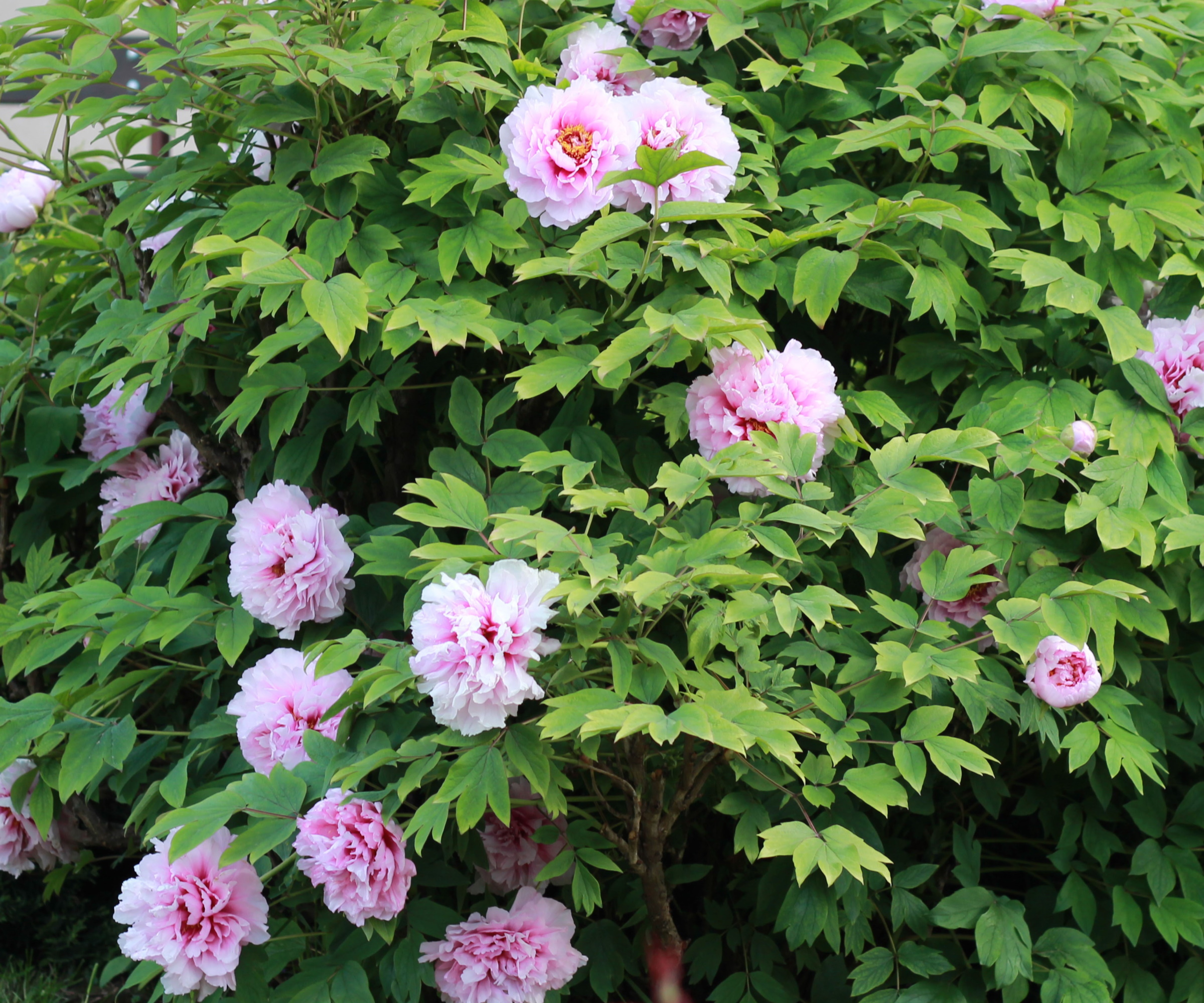
'There are so many beautiful tree peony varieties to try,' says Kady. 'Some of my favorites include Alice Harding, Boreas, Gauguin and Waucedah Princess.'
'Choose a nectar-rich, open blooming variety which will make the flowers more accessible for pollinators,' Kady adds. 'And who wouldn't want to see birds, bees and butterflies buzzing around the yard in spring?'
The flowers will usually fade towards the end of spring, as summer temperatures begin to pick up. Unless you want to harvest the seeds, you can simply deadhead peonies using a pair of sharp and clean pruners.
Tree peony live plants are available to order via Amazon.
FAQs
Do tree peonies attract ants?
Many gardeners ask why peonies attract ants during spring. This is because the flower buds of herbaceous varieties produce a sweet sap that proves enticing to hungry ants. However, tree peonies do not attract ants in the same way, as they do not produce the sweet sap. So, while ants are harmless and nothing to worry about, they will not be drawn to tree peonies in the same way as they are smaller varieties.
If there is space in your container, consider underplanting your tree peonies with lush perennials. In terms of what to plant with peonies, I recommend small ground covers, like lady’s mantle, Alchemilla mollis, which produces a vibrant lime-green flower in spring and summer. Just be sure to give your pot a good, deep watering every few days.
Shop planting accessories
Sign up to the Homes & Gardens newsletter
Design expertise in your inbox – from inspiring decorating ideas and beautiful celebrity homes to practical gardening advice and shopping round-ups.

Thomas is a Content Editor within the Gardens Team at Homes and Gardens. He has worked as a professional gardener for both public spaces and private estates, specializing in productive gardening, growing food and flowers. Trained in Horticulture at the Garden Museum, he has written on gardening and garden history for various publications, including The English Garden, Gardens Illustrated, Hortus, The London Gardener and Bloom. He has co-authored a Lonely Planet travel book, The Tree Atlas, due out in 2024.
You must confirm your public display name before commenting
Please logout and then login again, you will then be prompted to enter your display name.
-
 'Nightstands have a sneaky way of turning into catch-alls' – I’m a professional organizer, and these are the only things I keep on mine
'Nightstands have a sneaky way of turning into catch-alls' – I’m a professional organizer, and these are the only things I keep on mineLess is more when it comes to creating a restful sleep space
By Di Ter Avest
-
 I promise, these 6 best white Farrow & Ball paints will end your search for the perfect shade
I promise, these 6 best white Farrow & Ball paints will end your search for the perfect shadeWhite but not boring: these are the best Farrow & Ball shades you need to know about
By Sophia Pouget de St Victor
-
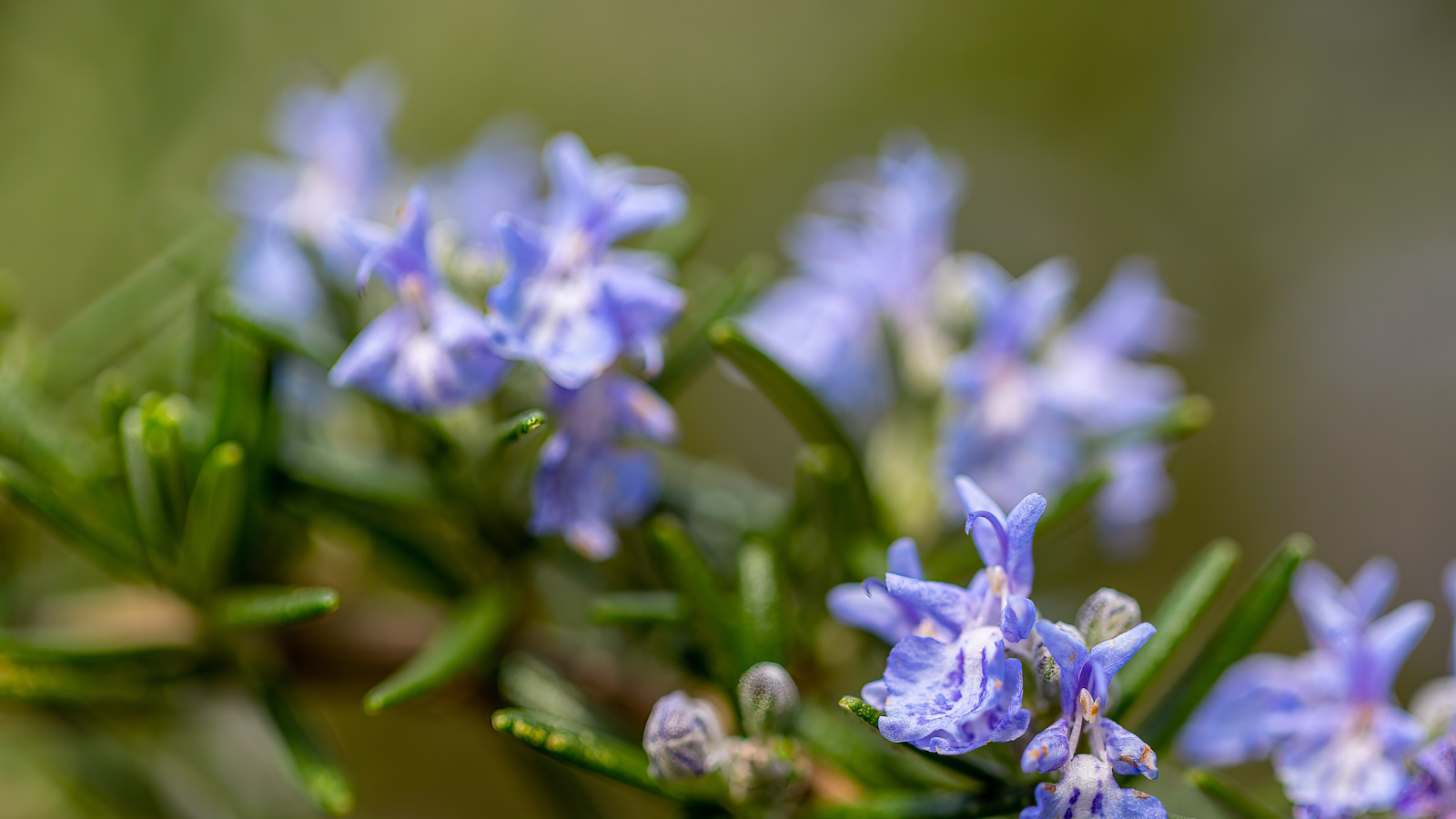 Can you revive woody rosemary plants? Expert pruning advice from a professional gardener to save old, leggy herbs
Can you revive woody rosemary plants? Expert pruning advice from a professional gardener to save old, leggy herbsWith the right pruning approach, old and woody rosemary plants can be brought back to life
By Thomas Rutter
-
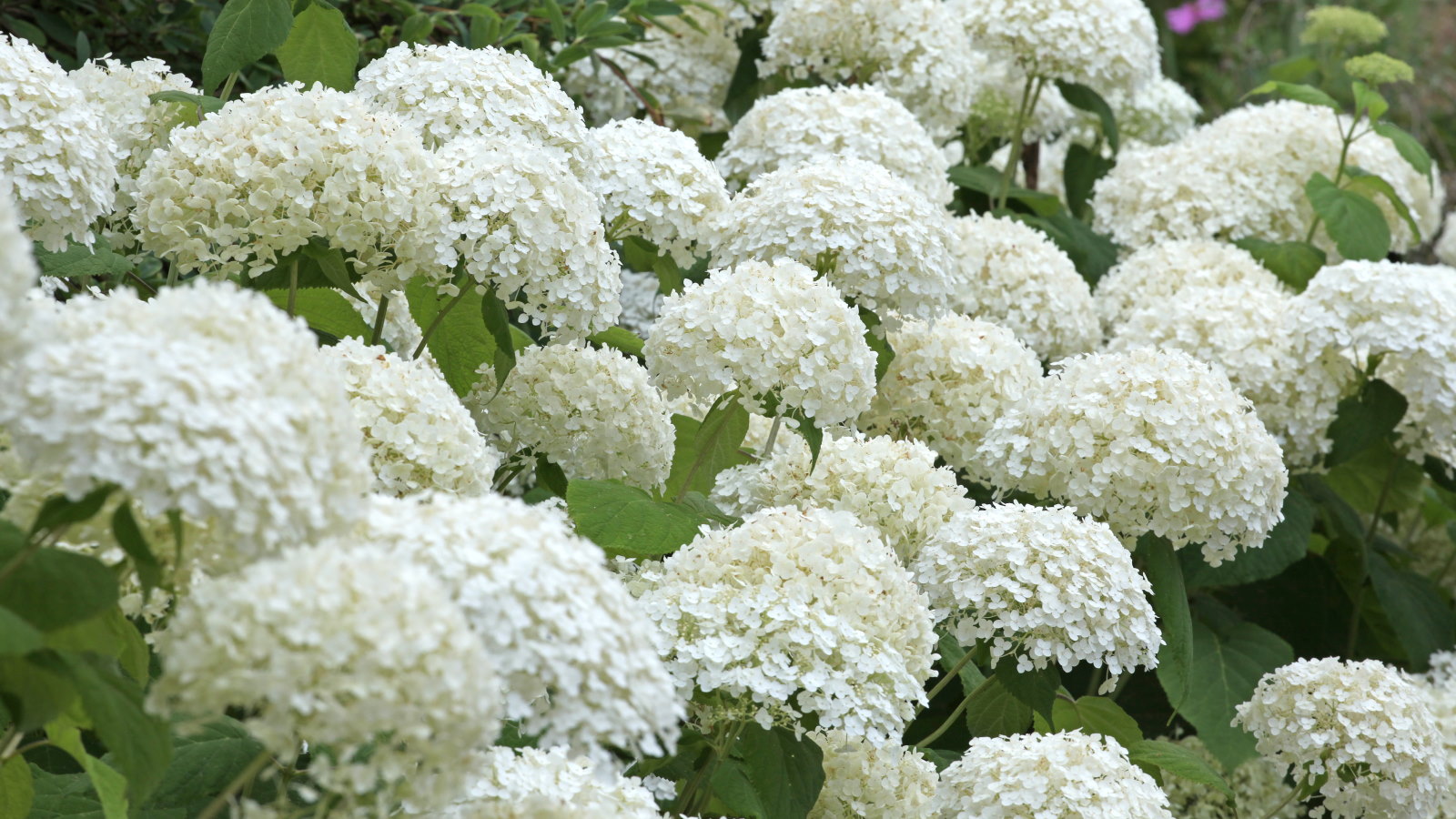 Your hydrangeas will flourish with bigger blooms and healthier growth thanks to this 1 natural material that is easy to use
Your hydrangeas will flourish with bigger blooms and healthier growth thanks to this 1 natural material that is easy to useDiscover why you should be using leaf mold to mulch hydrangeas
By Drew Swainston
-
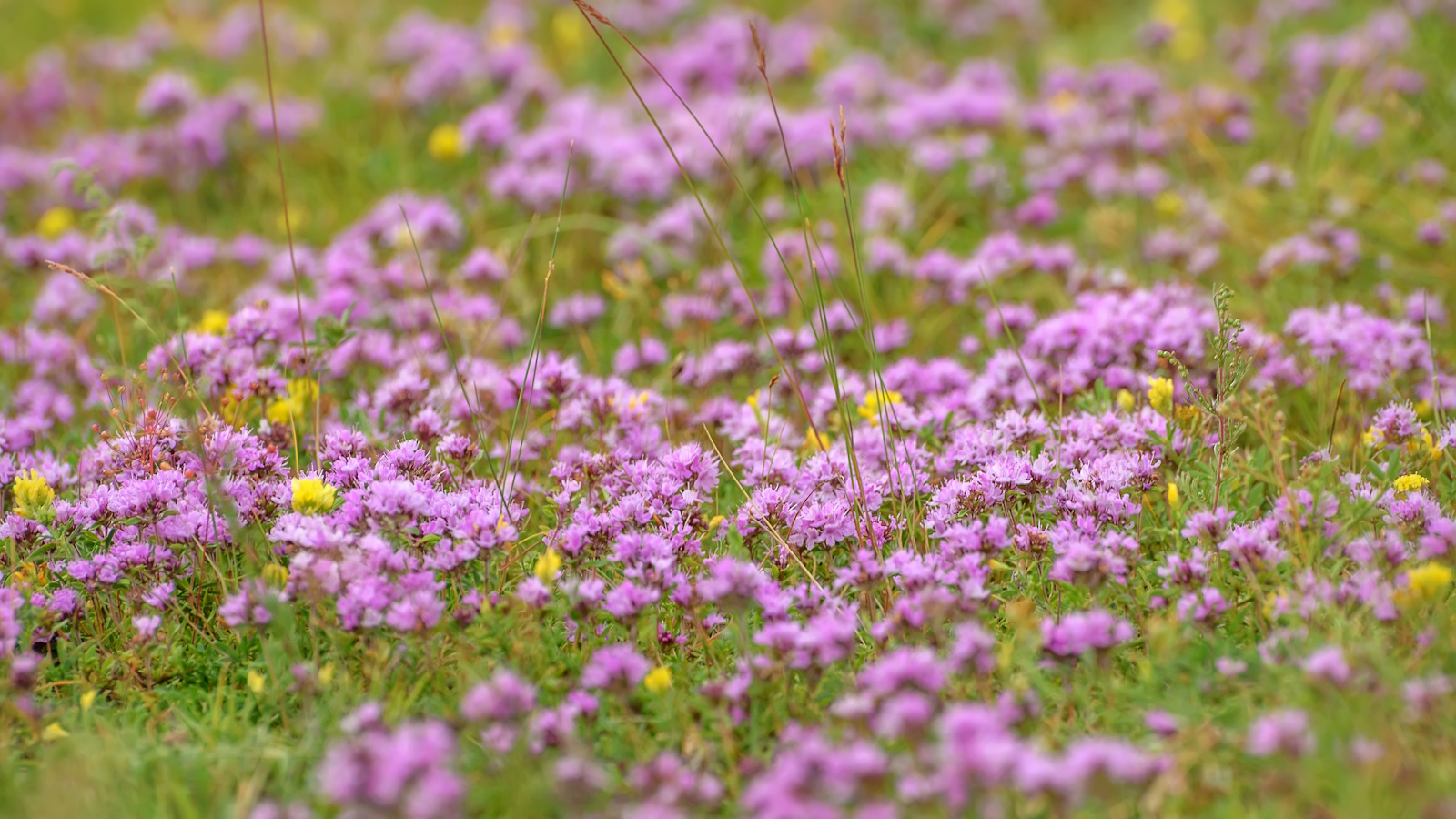 5 fast-growing tiny flowers – expert recommendations to fill your pots and borders with color in record time
5 fast-growing tiny flowers – expert recommendations to fill your pots and borders with color in record timeThese fast-growing tiny flowers prove that miniature can also be marvelous
By Thomas Rutter
-
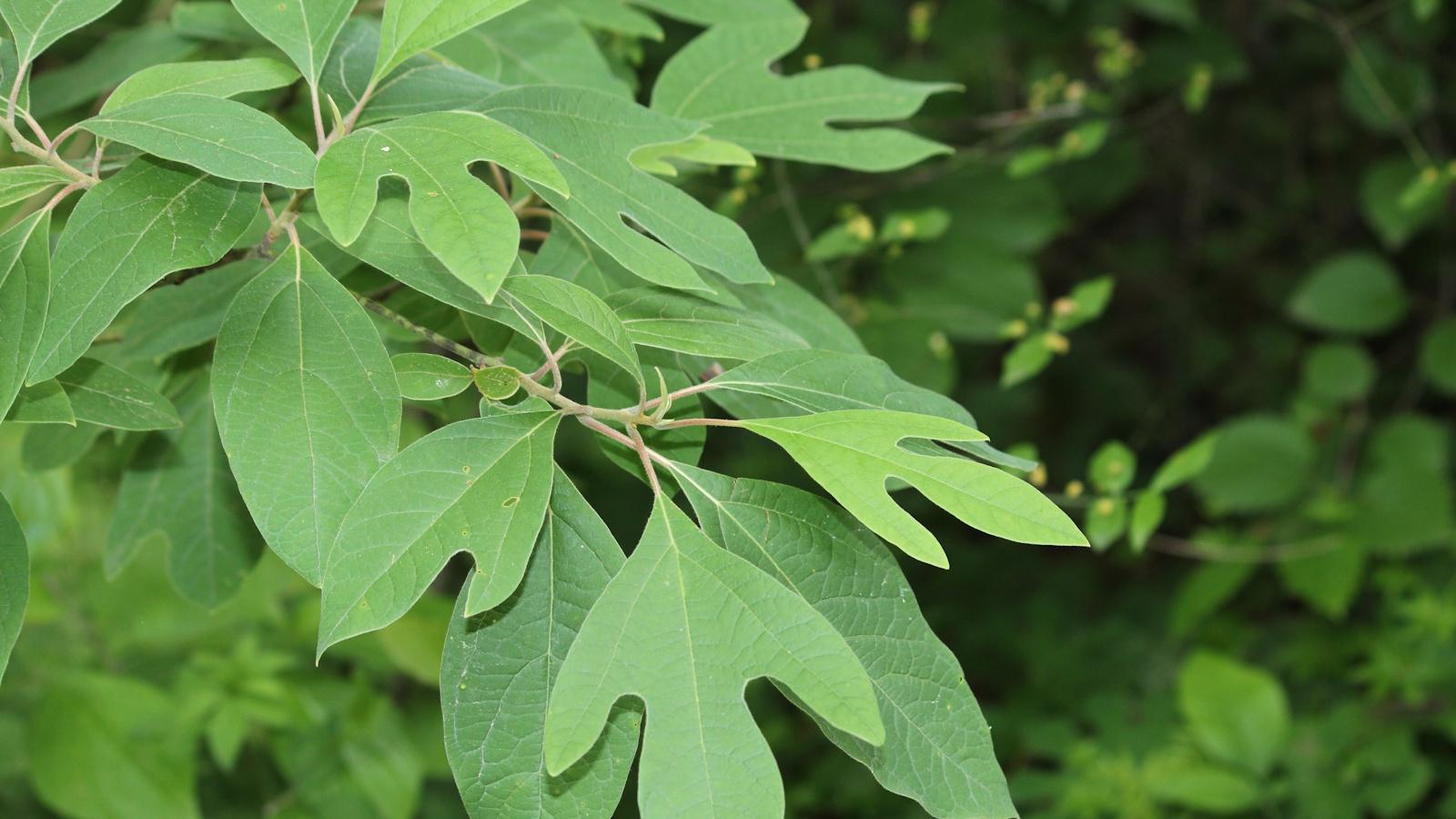 How to grow sassafras – for a low-maintenance native tree that can even be planted in shady yards
How to grow sassafras – for a low-maintenance native tree that can even be planted in shady yardsFor an easy-to-grow North American tree, you will not find much better than sassafras
By Thomas Rutter
-
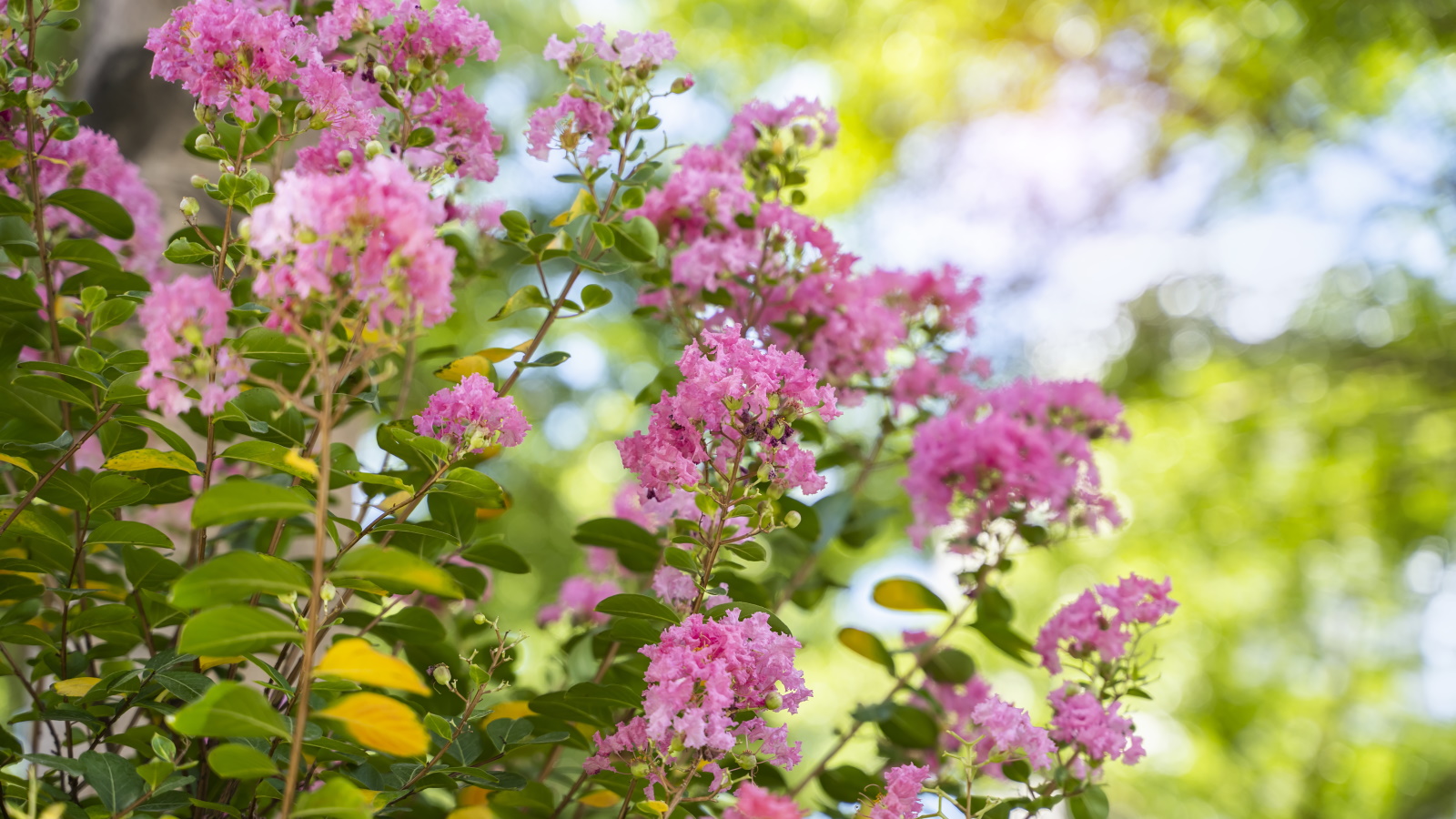 How to grow crepe myrtle in pots – and transform even the smallest of yards with dazzling flowers this summer
How to grow crepe myrtle in pots – and transform even the smallest of yards with dazzling flowers this summerGrowing crepe myrtles in pots will inject splashes of brilliant color into your outside space
By Thomas Rutter
-
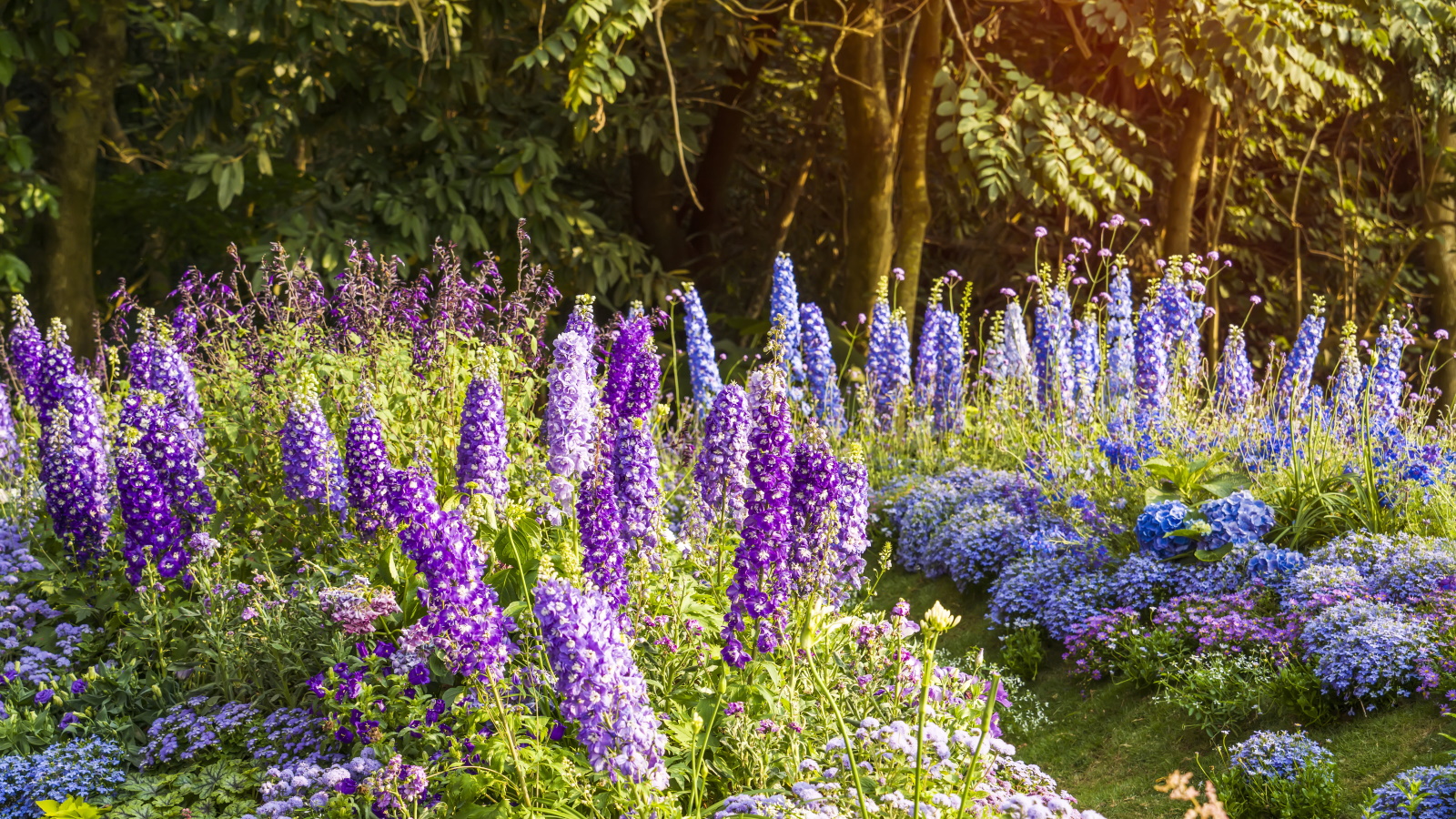 Best types of delphiniums – 14 stunning varieties for vibrant flower spikes in your yard
Best types of delphiniums – 14 stunning varieties for vibrant flower spikes in your yardPlants Here are our top types of delphiniums for brightening summer borders
By Holly Crossley
-
 How to grow impatiens – garden experts reveal the secrets to growing this shade-tolerant, sparkling summer plant
How to grow impatiens – garden experts reveal the secrets to growing this shade-tolerant, sparkling summer plantBoth 'Busy Lizzie' and 'New Guinea' impatiens can thrive in shady yards
By Ellen Wells
-
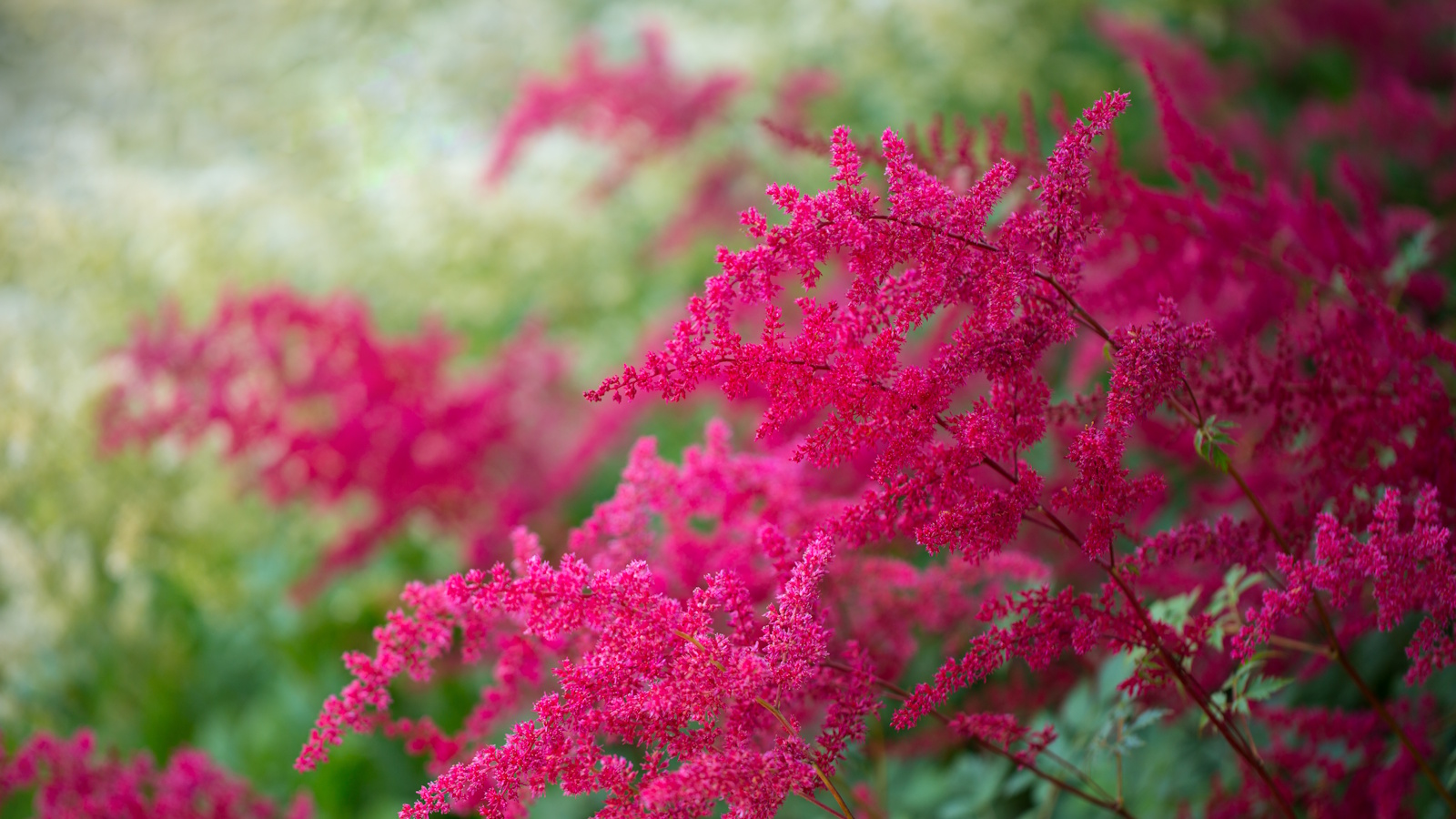 How to grow astilbe – expert advice on cultivating this shade-tolerant flowering perennial
How to grow astilbe – expert advice on cultivating this shade-tolerant flowering perennialShade-tolerant and pest-resistant - astilbe are hardy and tough perennials that can thrive in many settings
By Ellen Wells

